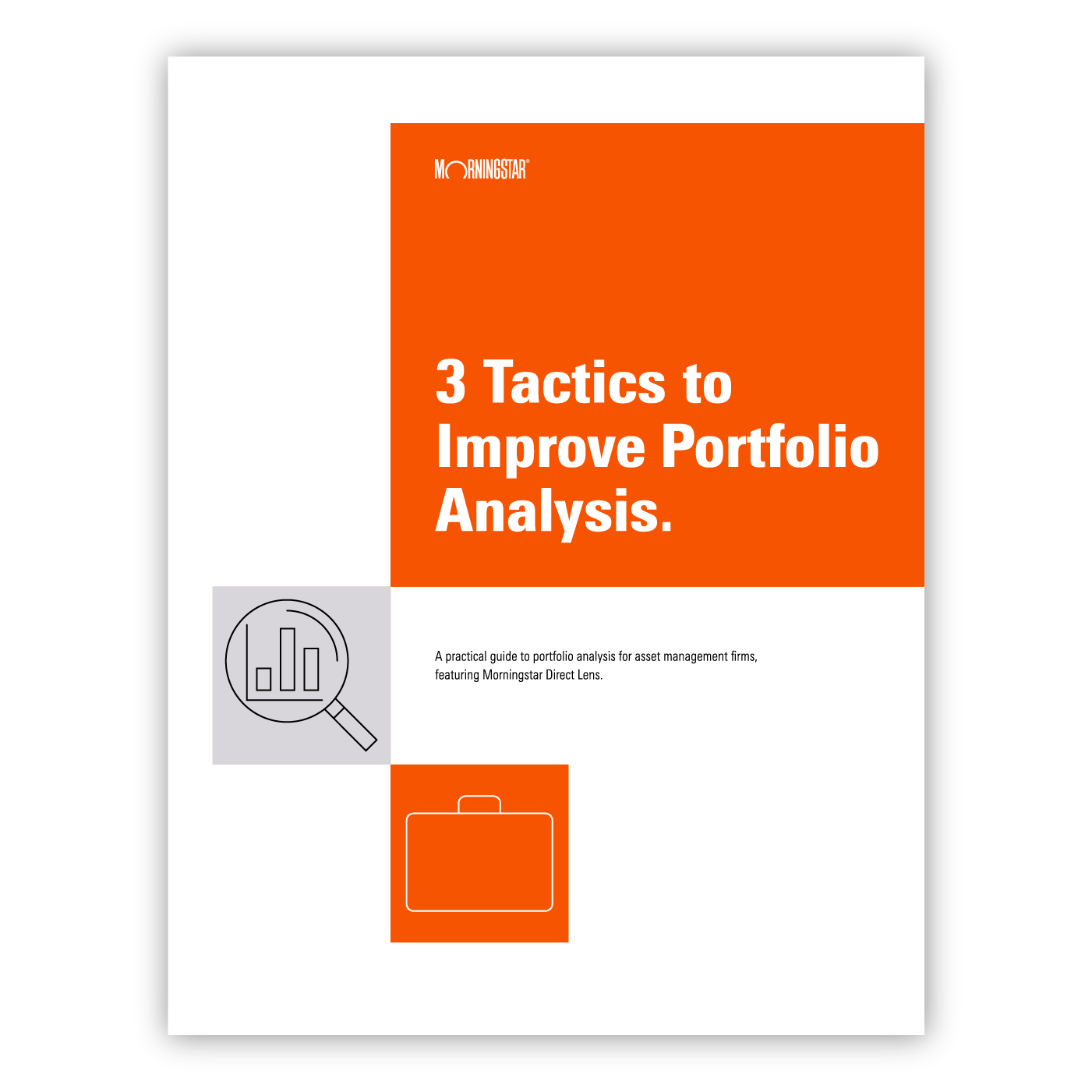3 Tactics to Improve Portfolio Analysis
A practical guide to portfolio analysis for asset management firms, featuring Morningstar Direct Lens.
Regional bank failures. Cryptocurrency booms and busts. Sky-high interest rates. How do you know if your portfolios are prepared for the next crisis?

